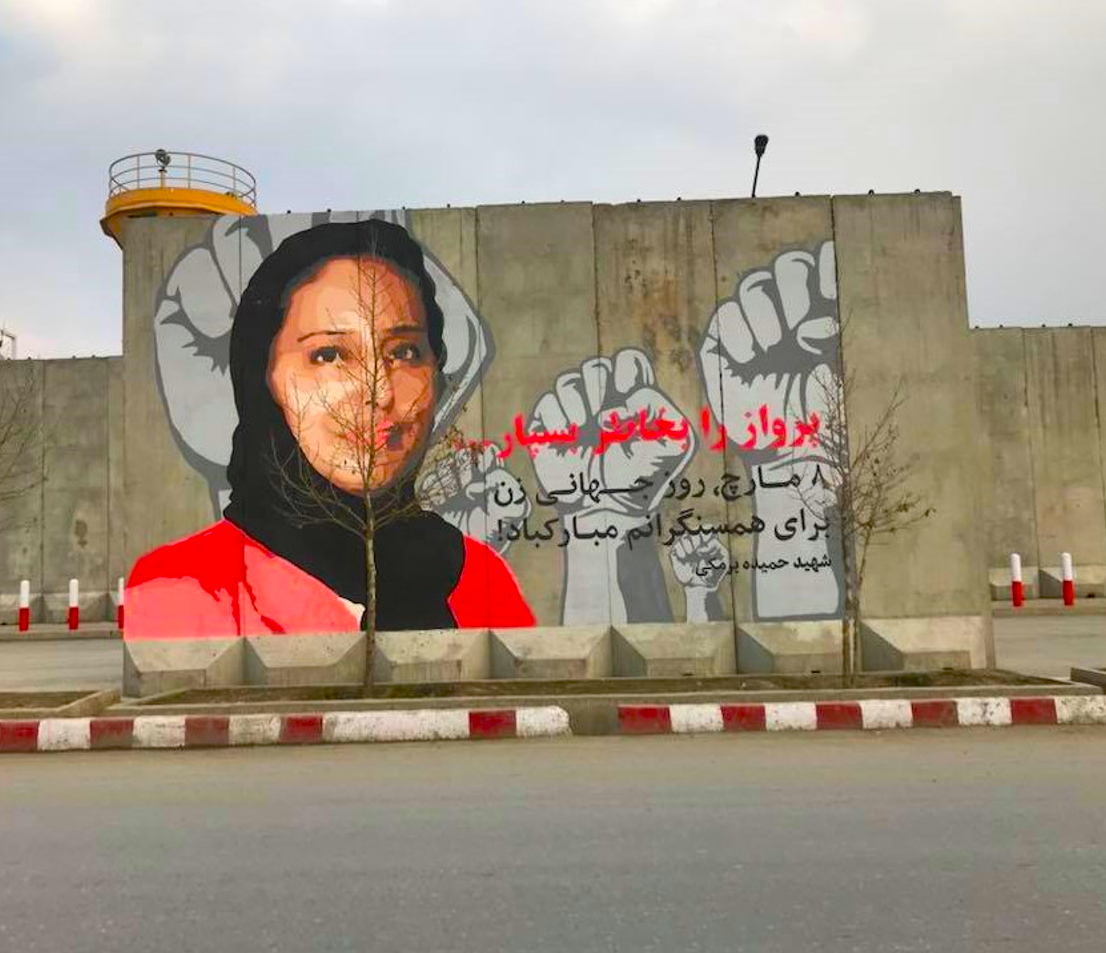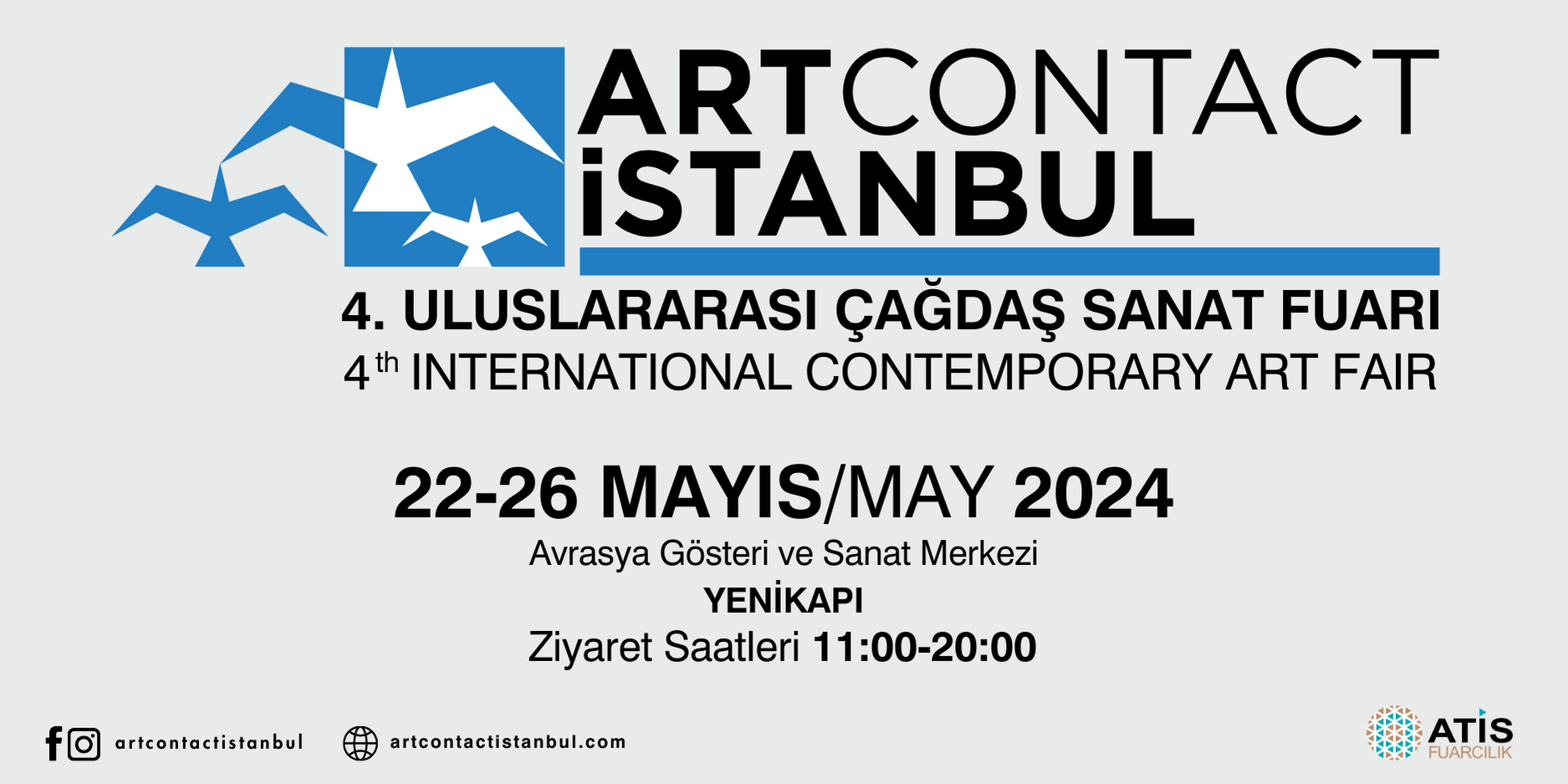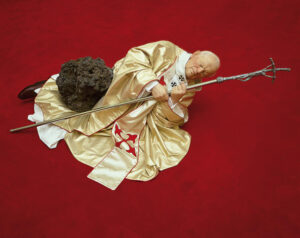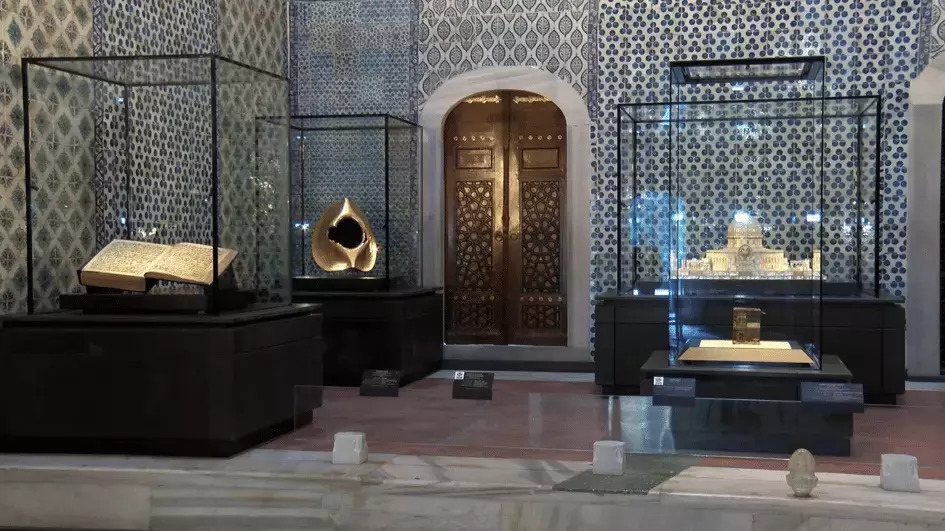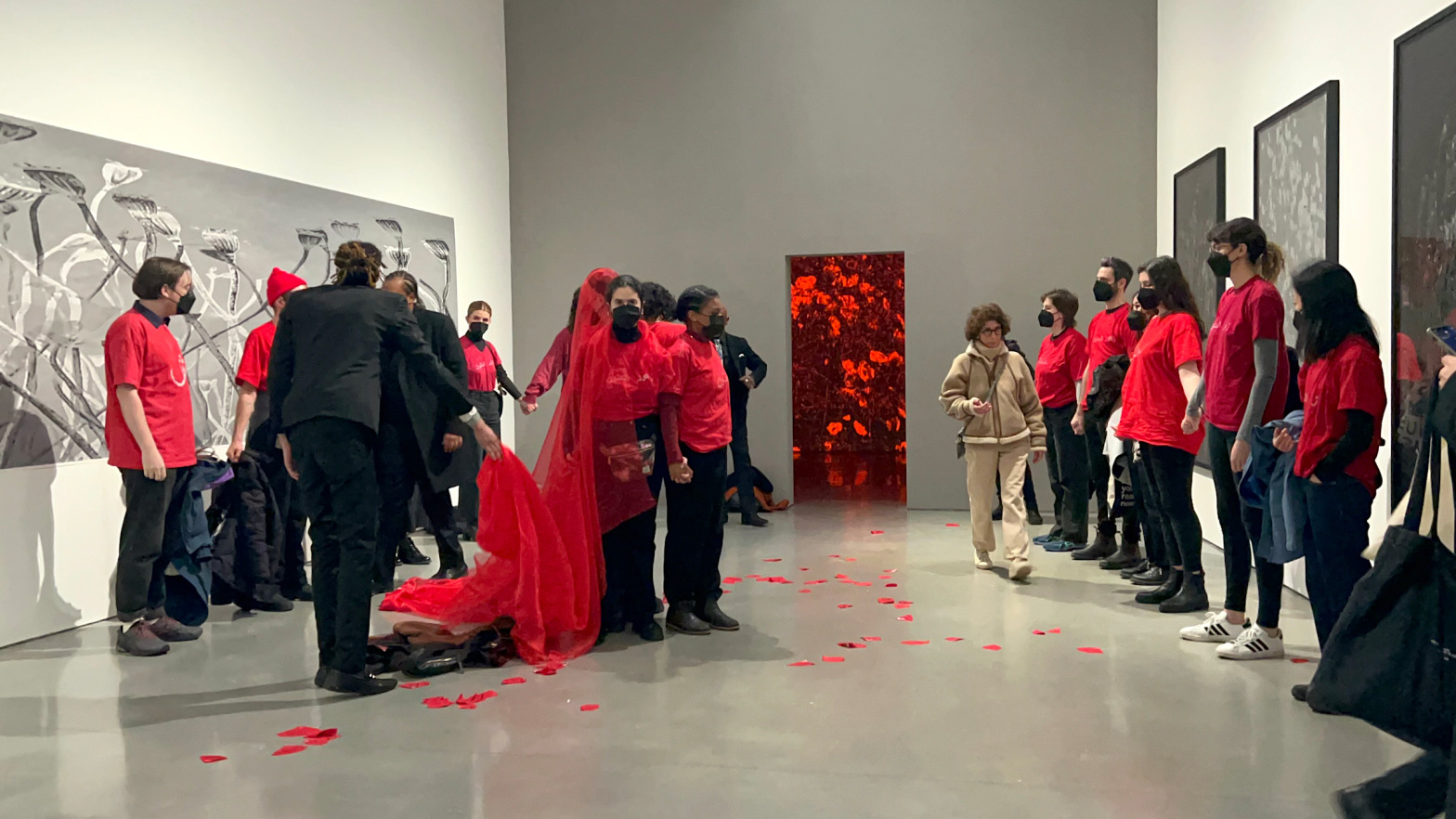Artistic expression is considered a crime now in Taliban-ruled Afghanistan. Independent artists are punished with extrajudicial execution, arbitrary detention, arrestment, and public humiliation. It is also prohibited for women and girls to study arts and pursue a career in arts. Museums, archives, arts and culture institutions are completely closed.
The USA-based Artistic Freedom Initiative (AFI) has made an urgent call for the Afghan artists detained by the Taliban rule and the cultural heritage of Afghanistan with the recently published report.
The report, “Artistic Exodus: Afghan Artists Fleeing Taliban Rule,” was created in partnership with The United States-based Artistic Freedom Initiative and UC Berkeley School of Law’s Pro Bono Program. It points out that Afghanistan’s rich artistic and cultural heritage is at serious risk.
The report presents that, in 2021, after the Taliban had returned to power in Afghanistan, the arts and culture world faced an unprecedented crisis. Since the beginning of the crisis in the country, AFI has provided legal aid and replacement support to more than 1.100 artists and their family members. AFI has also contacted hundreds of people who were personally and professionally struggling to survive. Moreover, it was documented in the report that more than 2.000 artists and their family members depended on the protection of international organizations.
The report also emphasizes how people working in music, fine arts, performance arts, cinema and television, literature, cultural heritage, and arts education areas face exploitation, keeping in mind that which are already fragile by their nature. The report also discloses the effects of forced migration that came after the political crisis. The details of the report are as follows:
“From 1996 to 2001, in their first ruling period, the Taliban has done irreversible damage to the arts and culture sector by disposing of paintings, banning music, closing off art centers, and destroying cultural heritage sites. Oppression the regime imposes on the people employed in the arts and culture sector has progressed with prohibitions, arbitrary detentions, and public executions, bringing artistic production on the verge of stopping. Thus, the Taliban condemned artists and cultural workers to live with security concerns and in fear of death for a very long time. Many artists and cultural workers who have witnessed the second term of Taliban, are either hiding out due to security concerns or annihilating their works. The artists talk about how they stop their artistic production days and weeks before the moment they sense that the Taliban is going to take over the control in Afghanistan, trusting their previous experiences.”
“Kabil has fallen three times”
Yama Farhad, an artist from ArtLords, the art collective that aims to spread the message of peace through the murals they make in the streets of Kabil, says: “For us, Kabil didn’t fall once, it has fallen three times: One when Taliban took it over, second when it destroyed our paintings and third when it forbade girls from going to school.” Farhad shares the time when he was painting a mural, a sniper aimed at him with the laser of his rifle, and he had to leave the project in order not to put himself and his team in danger.” The artist also says that the other members of ArtLords were arbitrarily imprisoned, physically assaulted, and received death threats.

The artists are leaving
The AFI report indicates that some artists who encountered danger have fled the country, leaving their productions behind, to secure themselves. The excerpt about this situation in the report is as follows: “Professionally, migrant artists also face considerable challenges, including the loss of access to their own works, production and supply tools (such as cameras, easels, paints, manuscripts, or looms), income sources from their artistic practice, and vital professional networks. Access to basic services and professional development opportunities is not only vital for migrant artists’ well-being, but it also enables creatives to exercise their right to take part in the cultural life of their host countries.”
Artistic expression is a crime now
Artistic expression is considered a crime now in Taliban-ruled Afghanistan. Independent artists are punished with extrajudicial execution, arbitrary detention, arrestment, and public humiliation. It is also prohibited for women and girls to study arts and pursue a career in arts. The destruction the Taliban has caused to the arts and culture sector of Afghanistan is not limited to the aforementioned facts. Arts and cultural sites are being destroyed. Furthermore, art barely doesn’t have any visibility in the public sphere. Museums, archives, arts and culture institutions are completely closed. AFI is concerned that the systematic and relentless demeanor of the Taliban, directed at the artists, which has been persistent for decades could cause the thousands of years old Afghan cultural identity to perish completely.
Unclear ways leading to safety
According to the report, many artists who are afraid of the suppression of the Taliban are dreaming of leaving Afghanistan if they could find a safe way out. They have various options for that. But the ways leading them to safety are full of financial⎯bureaucratic obstacles, physical dangers and emotional upheavals, and intractable vagueness at the same time. Shaista Langari, a women’s rights activist who has faced several dangers, says: “Leaving the country is a painful feeling, but [figuring out] how to leave was a big challenge for me, and I was alone.” After completing the lengthy process of migration comes another step: accessing basic needs such as accommodation and health services.
In addition to all of that, they also need support from their host communities to build their creative careers again. However, this cannot be provided at the same level in every country for Afghans. In the report, these details about the issue stand out:
The USA didn’t care for the artists even though it had played a big role in the war
“No country other than Germany has prioritized the resettlement of Afghan artists. From August 2021 to October 2022, Germany approved humanitarian visa applications for more than 37,000 Afghans, and with the Bundesaufnahmeprogramm (Federal Admission Programme) provided a way for artists to enter the country. On the other hand, the USA which has rapidly retracted from Afghanistan in August 2021, didn’t even make an offer. Moreover, it has rejected the entries of Afghan artists who had approved visa petitions.
Especially the substandard living conditions of their host countries and indefinite migration procedures make it quite hard for them to pursue their careers. The report expresses this process: “When artists and cultural workers move to a new country, they need immediate access to basic social services to sustain themselves before they begin their cultural integration and restart their professional careers. Artists and cultural workers need access to safe housing and healthcare, as well as the ability to legally work in their country of resettlement.” The report also discusses in which ways could the arts and culture institutions, universities, and NGOs be useful for the resettlement and displacement of Afghan artists via sponsored grants and job opportunities.
“From August 2021 to October 2022, Germany approved humanitarian visa applications for more than 37,000 Afghans and with the Bundesaufnahmeprogramm (Federal Admission Programme) provided a way for artists to enter the country. On the other hand, the USA which has rapidly retracted from Afghanistan in August 2021, didn’t even make an offer. Moreover, it has rejected the entries of Afghan artists who had approved visa petitions.”
Afghan’s artistic tradition fades away
There is still a need for humanitarian aid and other kinds of aid for hundreds of artists still living in Afghanistan and being condemned to the Taliban’s persecution. AFI points out that the rich artistic tradition at the foundation of Afghan cultural identity is at risk of perishing when the lack of support for artists residing abroad and the hostile approach to the creative artists in Afghanistan is taken into account.







